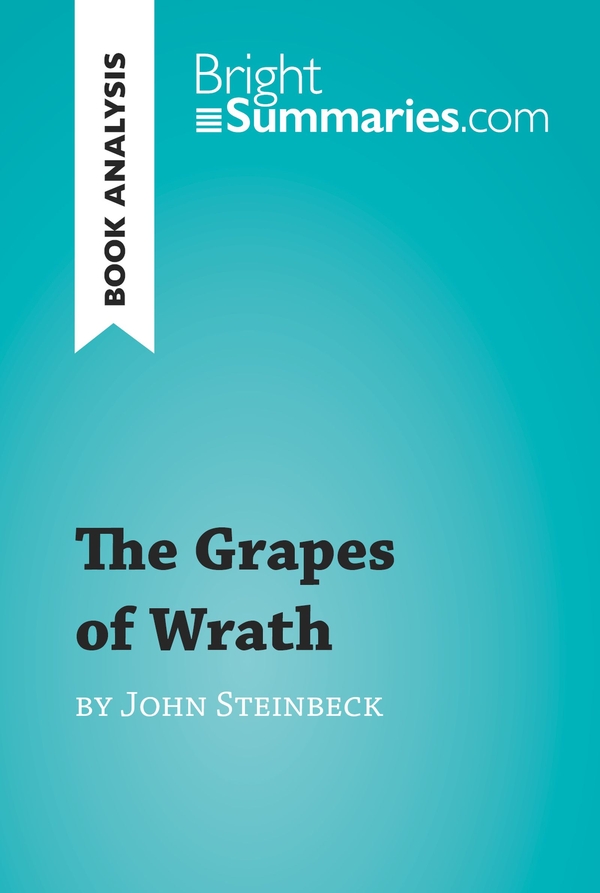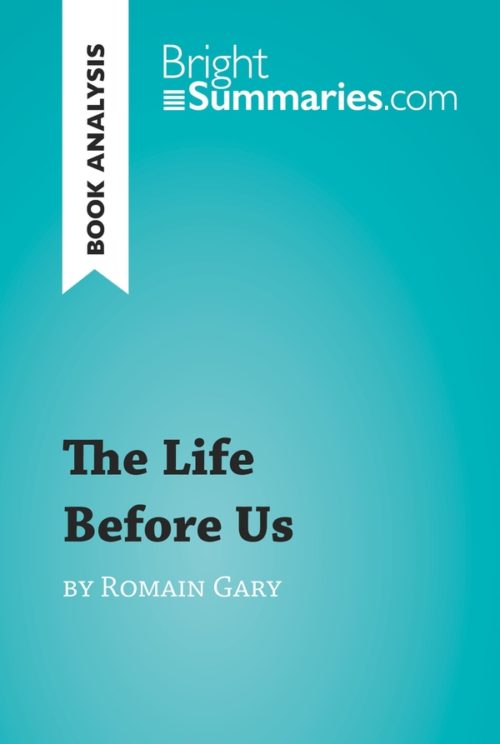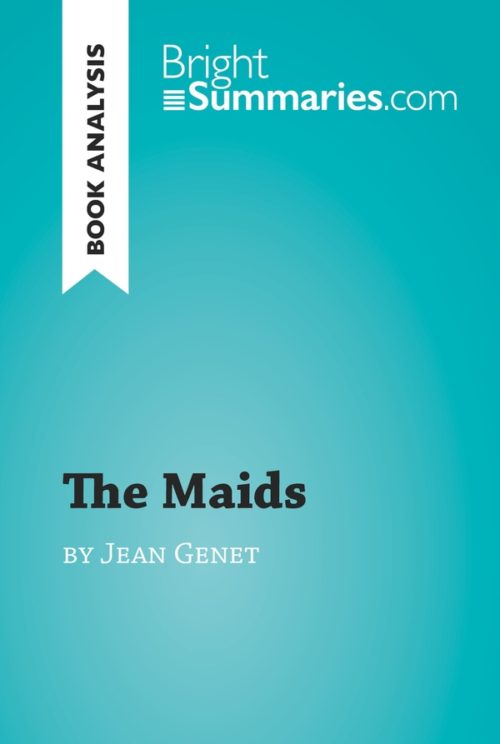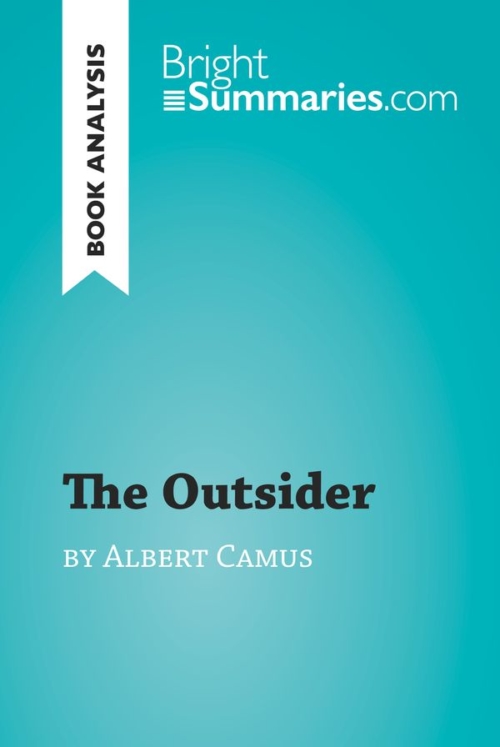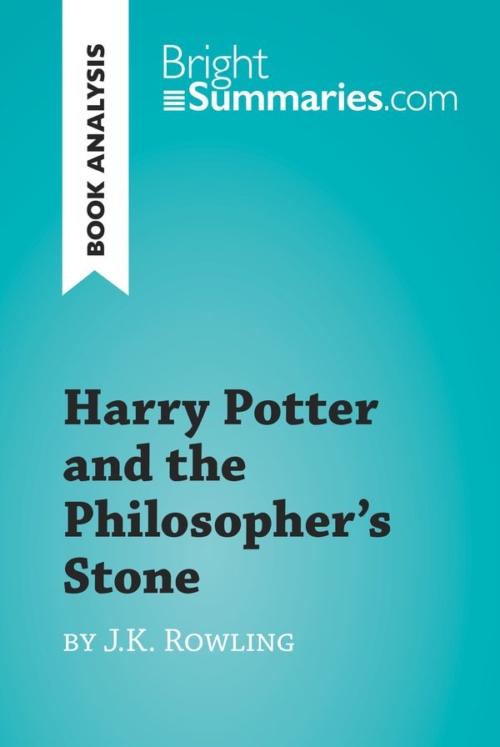The Grapes of Wrath by John Steinbeck (Book Analysis)
The Grapes of Wrath by John Steinbeck (Book Analysis)
Detailed Summary, Analysis and Reading Guide
Read more
This practical and insightful reading guide offers a complete summary and analysis of The Grapes of Wrath by John Steinbeck. It provides a thorough exploration of the novel’s plot, characters and main themes, including hunger and poverty. The clear and concise style makes for easy understanding, providing the perfect opportunity to improve your literary knowledge in no time.
This clear and detailed 26-page reading guide is structured as follows:
- Biography of John Steinbeck
- Presentation of The Grapes of Wrath
- Summary of The Grapes of Wrath
- Character study
- Ma
- Rose of Sharon
- Tom
- Analysis of The Grapes of Wrath
- A difficult historical context
- From hunger to anger
- The birth of a community
- Philosophical references
About The Grapes of Wrath
The Grapes of Wrath was first published in 1939. It is set ten years earlier, during the crisis of 1929, which had a major influence on the lives of farmers. It tells the story of the Joad family, who are forced to leave Oklahoma due to a variety of unfortunate events, including the Wall Street Crash and the industrialization of agriculture. Although they meet with much hostility, they never give up and never stop helping each other.
About John Steinbeck
John Steinbeck was an American writer who was born in California in 1902. His grandfather was German. He went to study at Stanford, but dropped out and then left for New York in 1925, where he had a number of different jobs. He published his first novel in 1929, without a great deal of success. He began to gain greater recognition with Tortilla Flat, which was his first commercial and critical success. His fame continued to grow, until he finally won the Nobel Prize for Literature in 1962. However, this was a very controversial decision, and Steinbeck himself, when asked whether or not he should have won, replied “Frankly, no”.
Steinbeck’s home state plays a large part in his works, which tend to have a rural setting and deal with the theme of hardship. Many of his books have been made into films.
Product details
| ISBN | 9782806271198 |
|---|---|
| Publisher | Plurilingua Publishing |
| Collection | BrightSummaries.com |
| Format | |
| Pages | 27 |
| File size | 1.4 MB |

